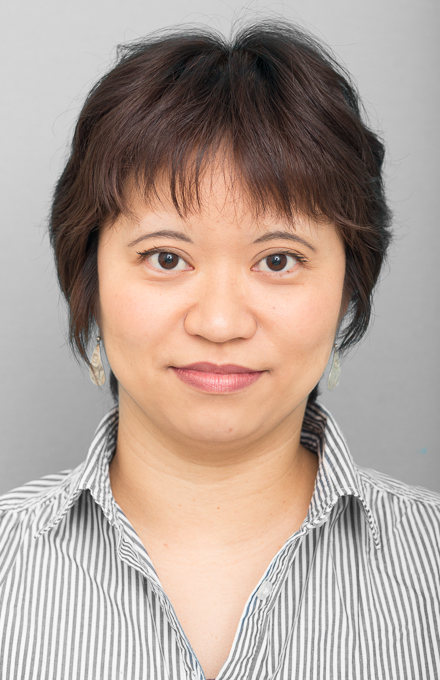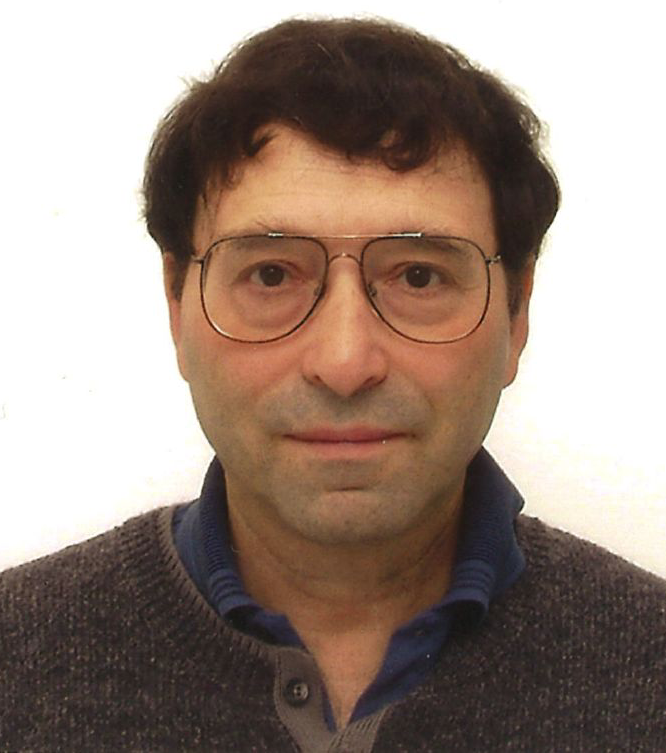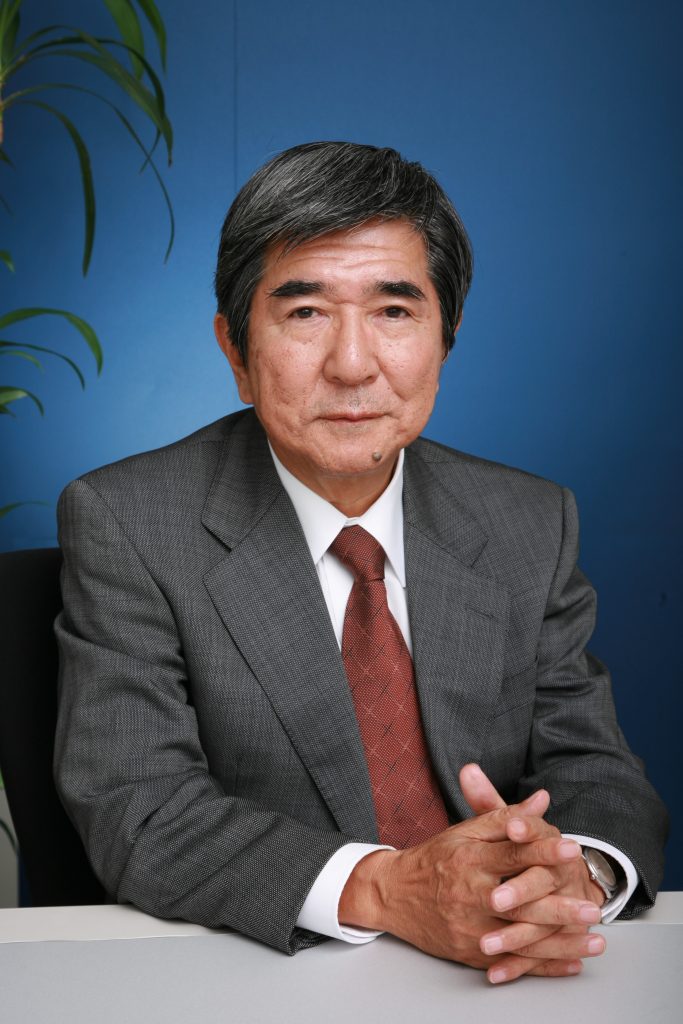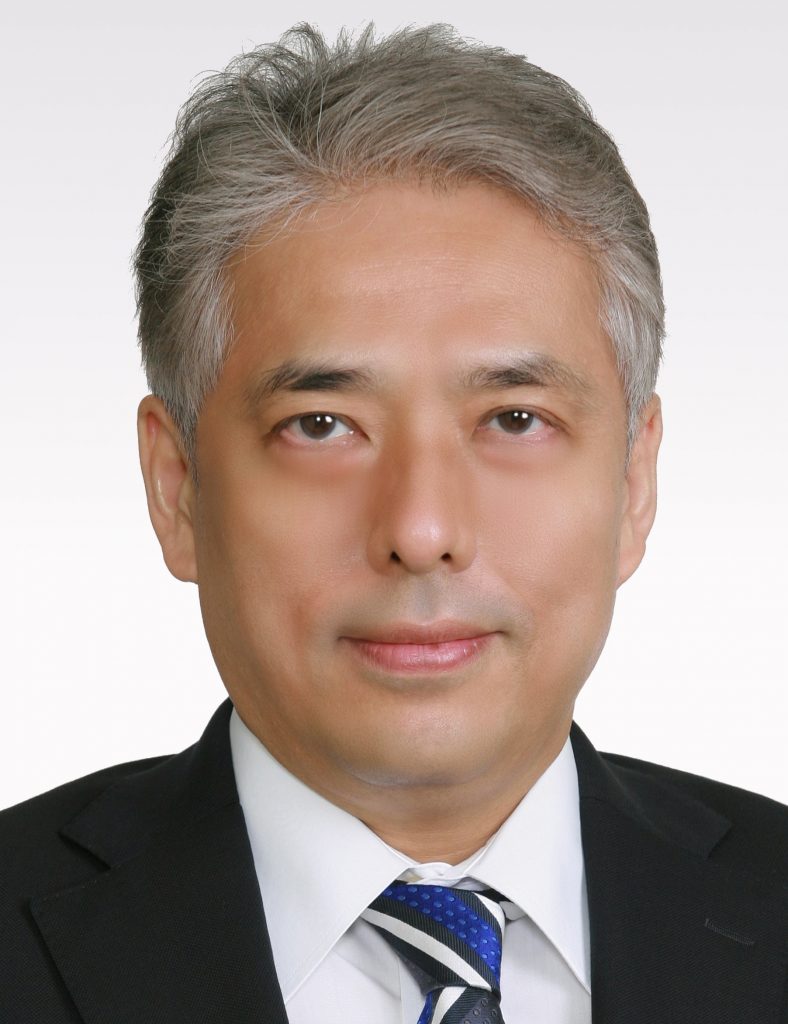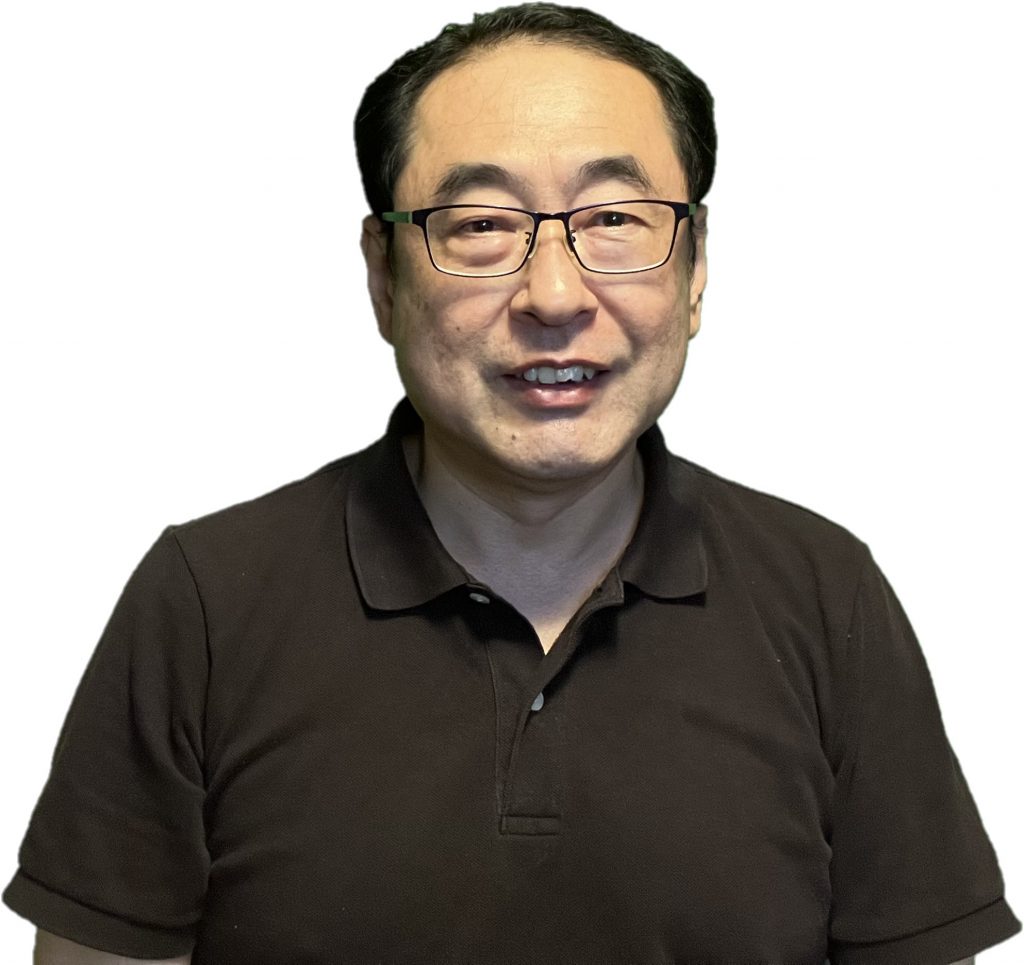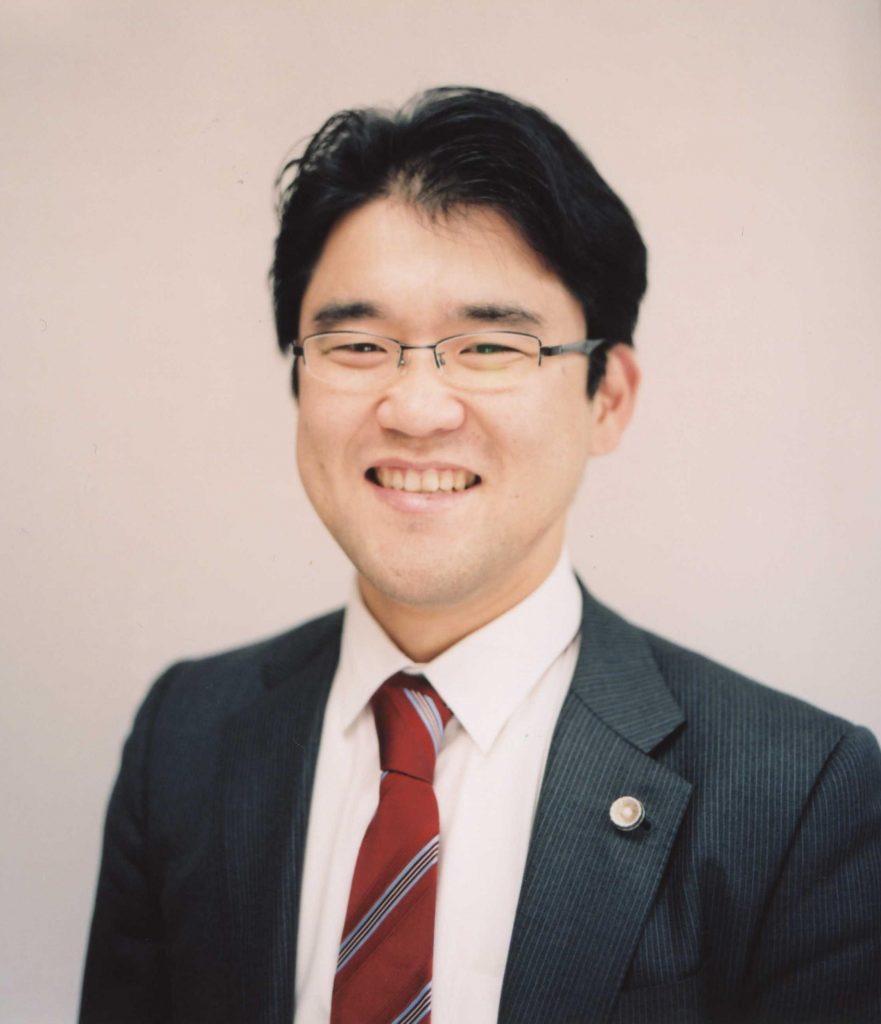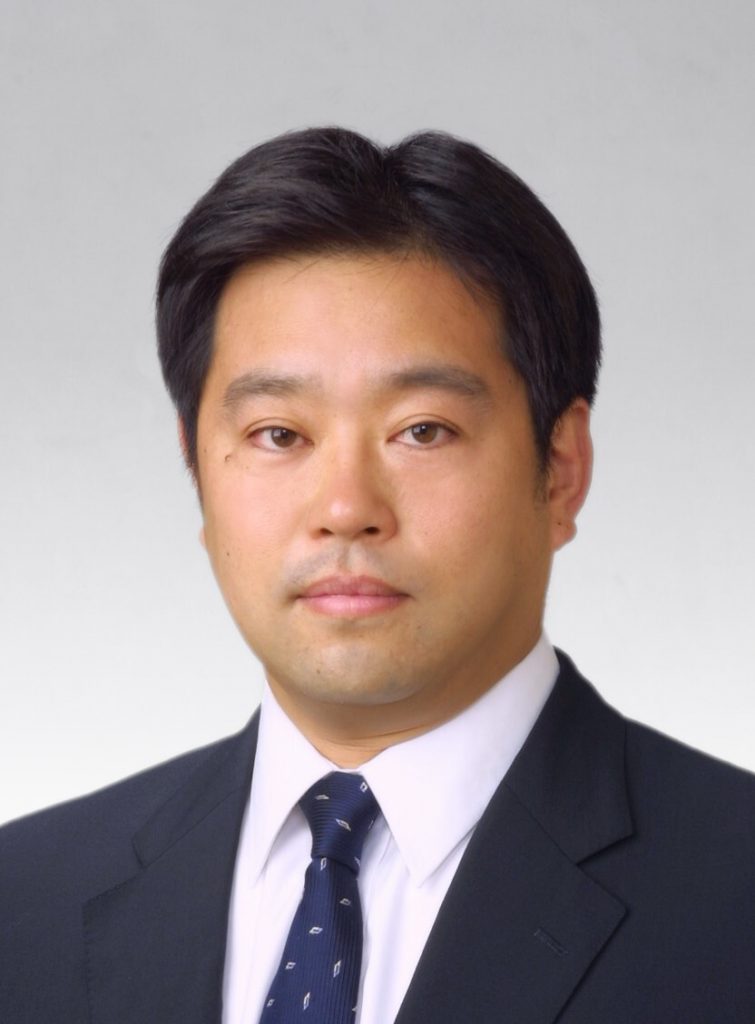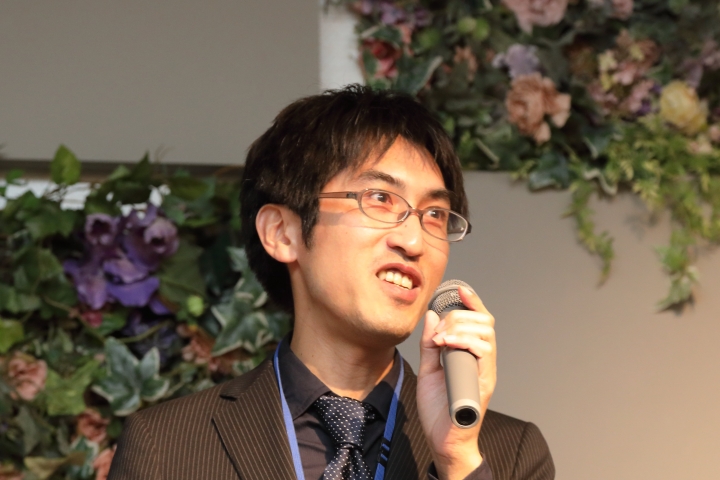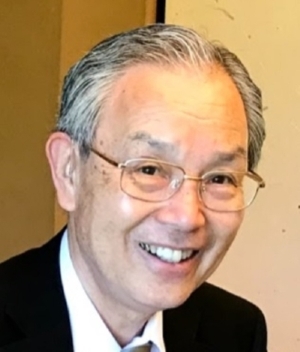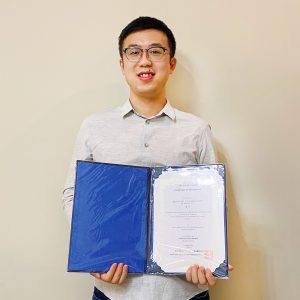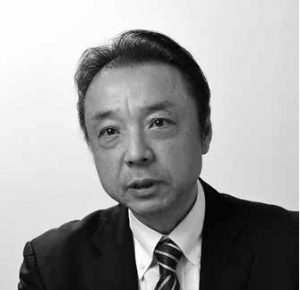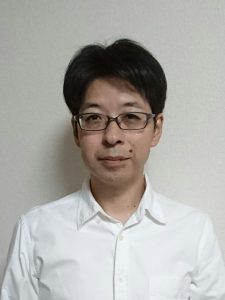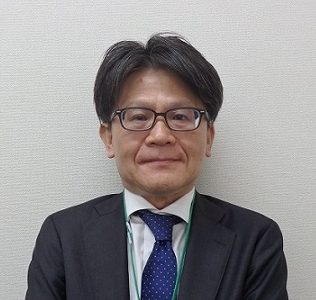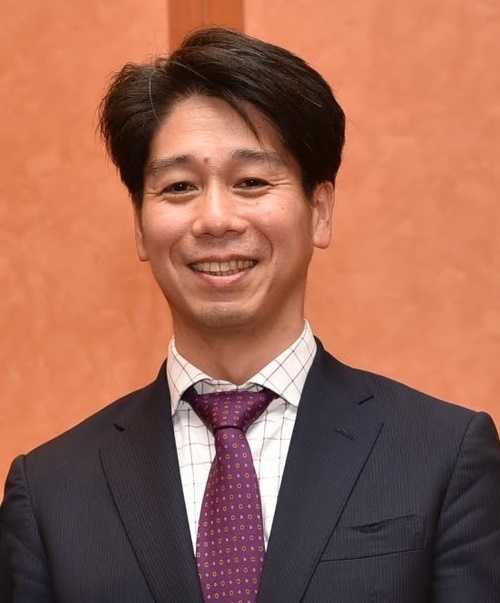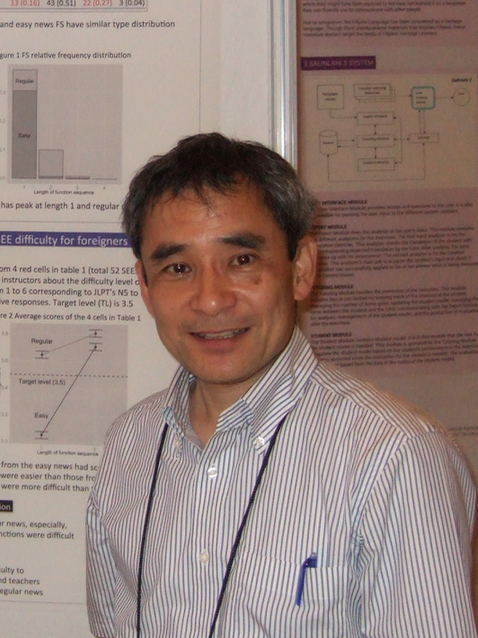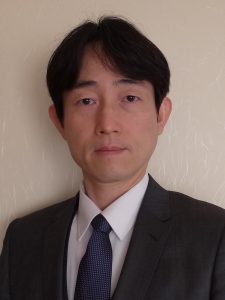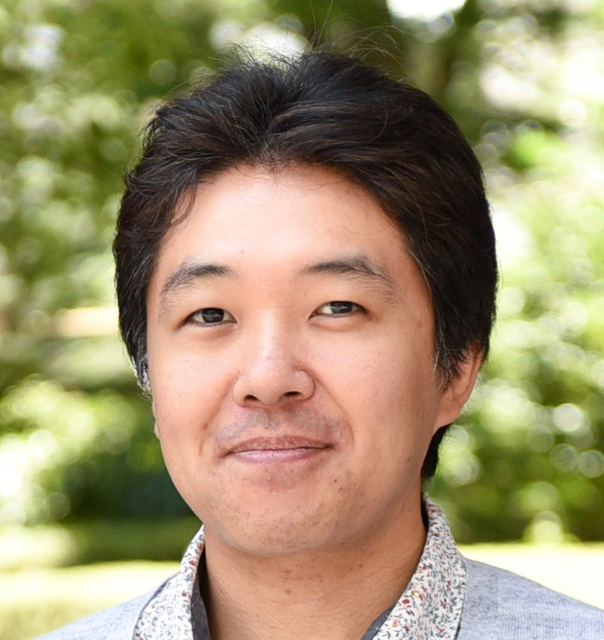Message from the President [Ja/En]

The following presents the goals of Eiichiro Sumita, who was appointed to the post of President of the AAMT in June 2018.
The AAMT will reach the age of 30 in April 2021, which is two and a half years away. Between its founding and the present time, the priority of machine translation technology, which began as rule-based machine translation, passed through statistical machine translation and has now become neural machine translation (see the figure below).
passed through statistical machine translation and has now become neural machine translation (see the figure below).

In Japanese/English pairs, rule-based machine translation and statistical machine translation, regrettably, were not widespread. Even humans have difficulty translating between Japanese and English; it is all the more difficult for a machine. At that time, the accuracy of machine translation was inadequate, and it would have been premature to widely introduce it; professional translators often corrected translation errors (post-editing). This post-editing was inefficient and traumatic for translators and translation companies. Through the efforts of researchers, translation accuracy continually improved, but this failed to eradicate negative opinions about machine translation. The improvement rate was sluggish, and it was presumed that translation accuracy was approaching its upper limit.
Neural machine translation, which appeared in 2016, easily surpassed the accuracy of earlier machine translations, which had been considered to be at its upper limit. This is a splendid achievement that has transformed the field of machine translation. Here we can take 1) the composition of English business letters, which is a foundation of trade and 2) patent translation demands high precision, as examples. Neural machine translation is steadily improving the way those involved in these tasks work by sharply boosting the efficiency, resulting in less overtime work and the improvement of the percentage of utilized paid leave. Neural machine translation is now used for many purposes including multilingual thesis/patent search services, the handling of multilingual technical information distribution, electronic transactions, and various kinds of reservations, voice translation applications, specialized terminals, and so on.
Based on two powerful forces, namely the rapid improvement of algorithms brought by worldwide competition among researchers and the steady accumulation of bilingual data makes translation accuracy continue to improve and machine translation will come into use in a wide range of activities.
Just as “cherry blossoms” break out of their dormancy, machine translation has passed through a long harsh winter as a flower bud; now that spring is here, it is surely about to bloom.
This association, which was established in order to introduce and form links between “people involved in the research and development of machine translation and people using machine translation,” is the organization best suited to accelerate the spread of machine translation. I look forward to working closely with the directors that were elected at our general meeting in June 2018 to break down the language barrier in a single stroke.
I look forward to your support and encouragement as we pursue this objective.
Eiichiro Sumita, AAMT President
Last Update : 5 Nov. 2018

